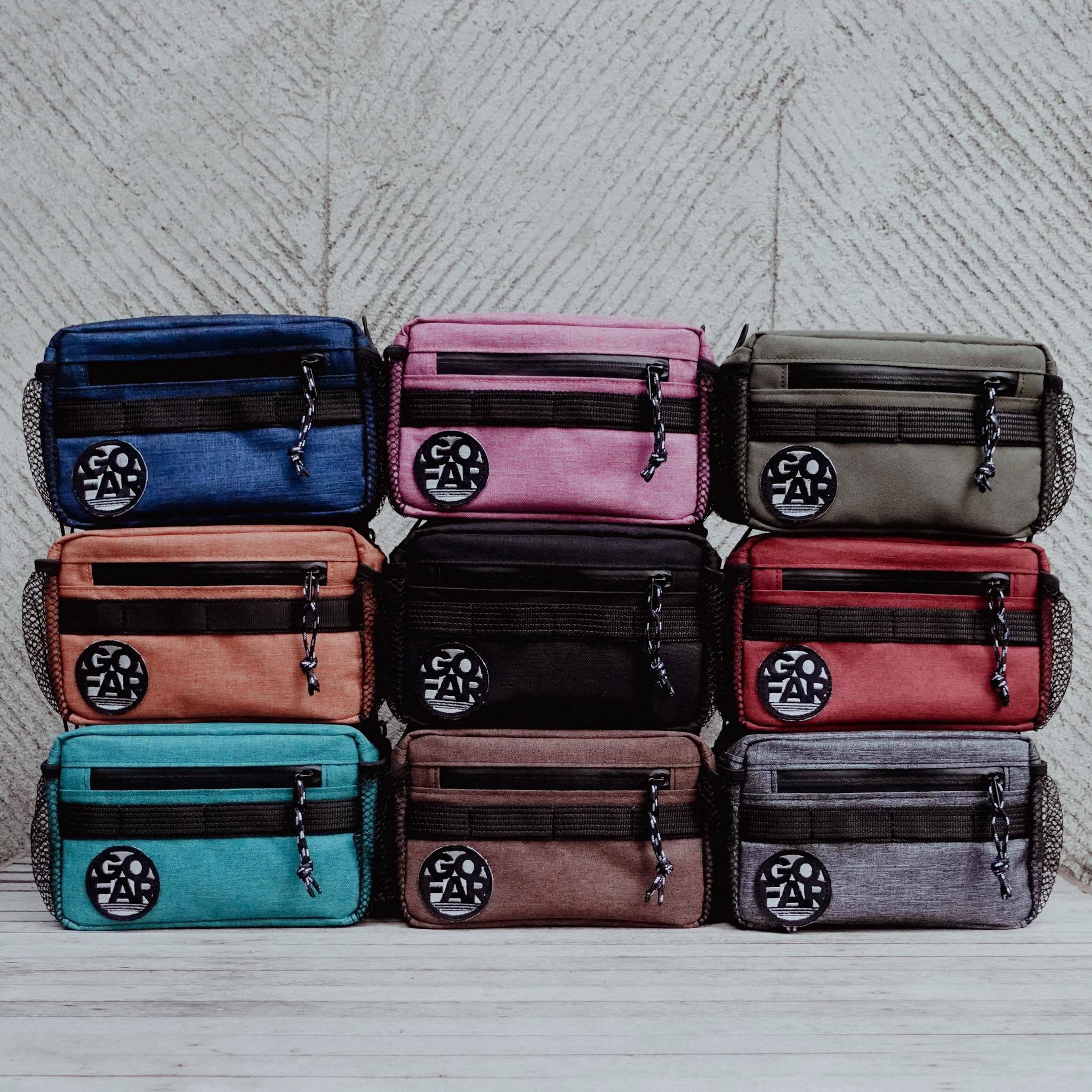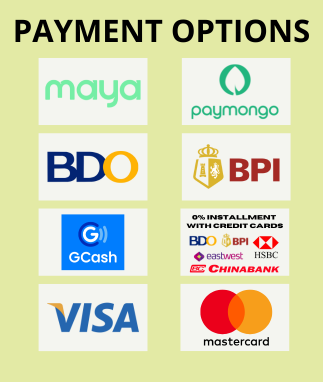Cycling the Shimanami Kaido on our Bromptons

In July 2025, during a planned trip to Osaka, we decided to bring our Bromptons along and finally ride one of our dream cycling routes: the Shimanami Kaido. We also filmed a YouTube vlog to capture the experience — a little time capsule for ourselves, and maybe a bit of inspiration for you too.
The Shimanami Kaido is a cyclist’s dream — a 70-kilometer route that connects Onomichi in Hiroshima to Imabari in Ehime, weaving through six islands and seven bridges, all linked by dedicated bike paths. It’s one of the most iconic cycling routes in Japan, and for good reason.
Planning Our Ride
Our original plan was to start from Imabari, thinking it would be nice to get the longer travel leg out of the way. But after watching a few YouTube videos, we learned to check the wind direction, so we changed plans and opted for not-a-headwind ride from Onomichi instead. Because who doesn’t love an easier cruise, right?
This route is beginner-friendly, and with the sea on one side and mountains on the other, it’s nothing short of breathtaking. We recommend splitting the ride over two days so you can soak it all in, stop, explore, eat, and just let the day pass slowly.
What It Felt Like to Ride
Picture this: the smell of citrus trees, quiet roads, soft winds, and the occasional detour to a temple or a roadside station for soft serve or bread or fruits, whatever was in season. Ride fast or slow, take breaks often — it’s the kind of trip where everything feels like part of the plan.
Stop and smell the flowers, in this case, the citrus trees. Ride straight, take detours, enjoy the views, visit temples and shrines, visit museums, eat in the roadside stations, the route is very pleasurable and enjoyable.


Bringing Our Bikes
We flew in from the Philippines with our Bromptons packed in B&W Foldon luggages, which made air travel easier. For our train transfers in Japan, we switched to IKEA Dimpa bags. Though the Brompton may fold down small, but they’re still a bit heavy to lug around on your shoulder, especially when navigating stairs and platforms at big stations. If you’re traveling by train, this is definitely something to consider, as you might be carrying your bike quite a bit between transfers.
If you’re planning to ride the Shinkansen, don’t forget to reserve seats with oversized luggage space.


Getting There
To reach Onomichi or Imabari, just check Google Maps for the best train routes based on where you're staying. We took the bullet train from Osaka to Fukuyama, then transferred to a local line heading to Onomichi. If you're using the JR Kansai-Hiroshima Area Pass (¥17,000 for 5 days), this entire route is covered. Travel time is roughly 3 hours.

Before you can start riding, note that bikes aren’t allowed on the first bridge — it’s considered too dangerous. Instead, you’ll need to take a short ferry 5 minute to the first island.
Since we felt we were a bit behind schedule, we decided to skip the first three islands and head straight to Omishima Island, where we had a place booked for the night.
We took the Cycleship Lazuli to Setoda Port on Omishima Island (¥2,000 with bike). But first — lunch! Not just any lunch either. We stumbled upon a ramen shop serving oyster ramen with eight massive oysters in one bowl. Definitely worth the stop!

Where to Stay
Omishima Island is the perfect midway stop if you're planning to break the ride into two days. We’re the type who like to plan and book accommodations ahead, and we’re glad we did — we stayed at Wakka, a beautiful cyclist-friendly spot right on the island.
The place was stunning, peaceful, and well thought out for riders. After a long day of pedaling (or traveling), it felt like a reward in itself.


Itinerary
One of the great things about the Shimanami Kaido is the blue line — a painted guide that runs along the entire route, making navigation easy and stress-free. Just follow the line and ride.
Day 1- Travel from Osaka to Onomichi
- Ferry from Onomichi Port to Setoda Port
- Ride from Setoda Port to our accommodation in Omishima
- Ride to Imabari (approx. 43 km)
- Bus from Imabari to Fukuyama (¥2,800/person)
- Train ride back to Osaka
We rode in July, which is summer in Japan. Coming from the Philippines, you’d think we’d be used to the heat, but it was hot. The air was dry, so while we were constantly sweating, we’d dry off quickly too. Thankfully, the cycling breeze offered some relief, and the route was well-equipped with rest stops and konbinis — perfect for water breaks, snacks, and cooling down. Japan’s thoughtful planning really came through.

Gear We Used
Bikes:- Brompton C-Line 6-speed
- Brompton P-Line 4-speed
- Pattoys: Brompton basket & Carradice Barley saddle bag
- Pam: Swift Industries Catalyst saddle bag, Sidekick stem pouch, Brompton S-bag
- Saddles: Brooks Flyer Carved & Brooks C19 Carved
- Bike luggage: B&W Foldon Box and B&W Foldon Case
- Bikeary Scarf
- Dri-fit UPF50 Jackets
- Ikea dimpa bags as rinko bags
- Sunblock!

Final Thoughts
If you're craving a chill cycling adventure abroad, this is it. Planning isn’t too complicated, rentals are easy, and the route is friendly even for newer riders. You can easily gain mileage by taking the “explorer route” — but for us, this was slow travel at its best.
Would we ride it again?
In a heartbeat. With a little bit more exploring in the islands.
PS: Important thing! BRING CASH! Smaller rural cities in Japan still rely heavily on cash payments.










Leave a comment